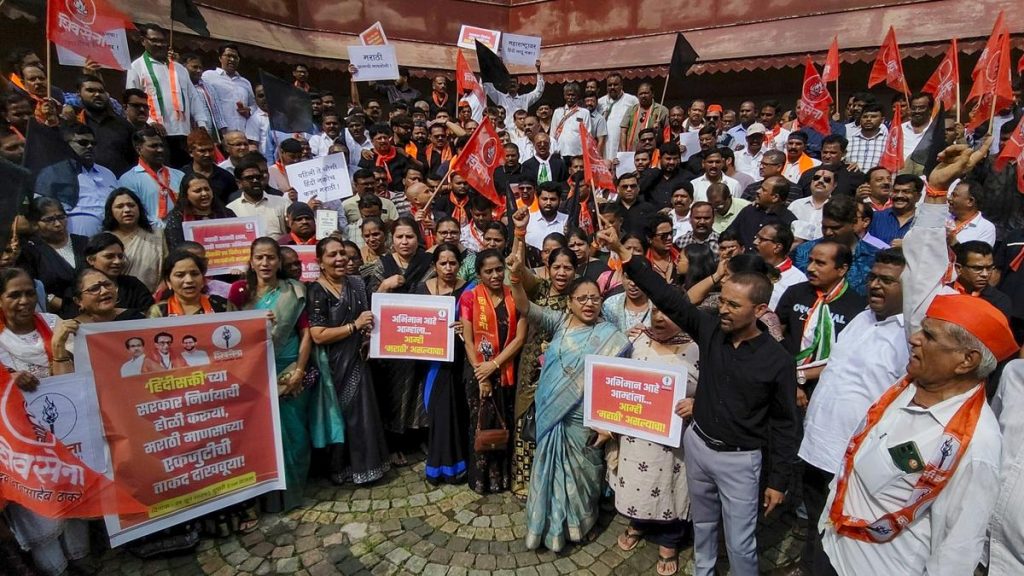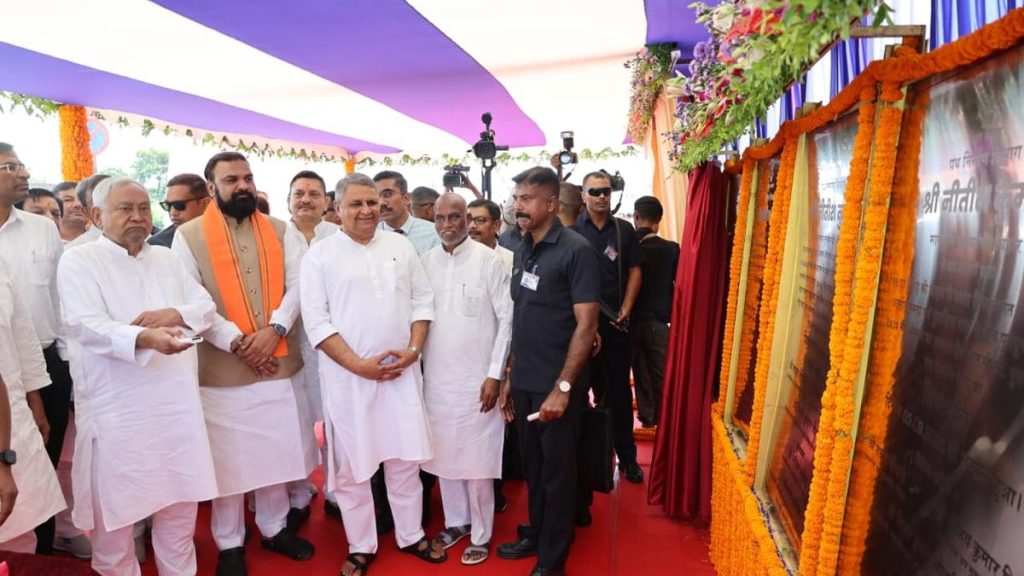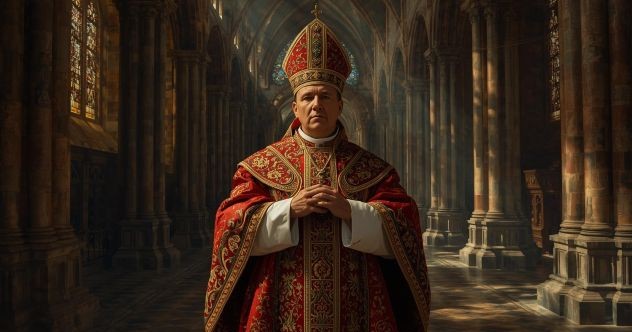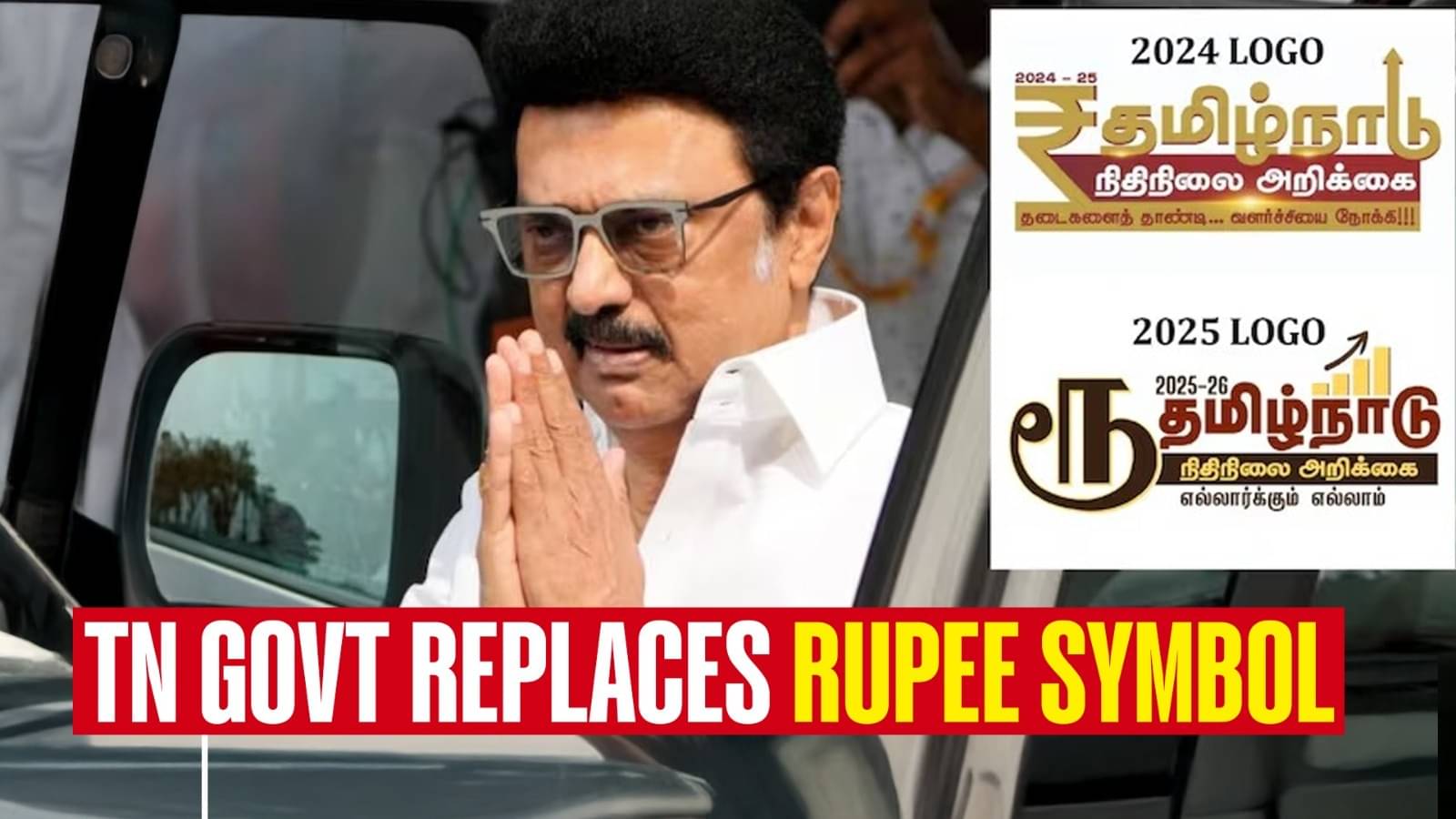Now Reading: Stalin’s Rhetoric Under Scrutiny Amid DMK Leadership Challenges
-
01
Stalin’s Rhetoric Under Scrutiny Amid DMK Leadership Challenges
Stalin’s Rhetoric Under Scrutiny Amid DMK Leadership Challenges


Stalin-led Tamil Nadu government has replaced the official Indian Rupee symbol with the Tamil letter for ‘ru’ from ‘rubai’ | Image:
Republic Digital
New Delhi: The MK Stalin-led DMK government in Tamil Nadu came under massive fire as they decided to replace the universally recognised Indian Rupee symbol (₹) with the Tamil script “ரூ” in the official logo for the state’s 2025-26 budget documents. The decision, made amid the party’s ongoing row with the BJP -led Central government over so-called “Hindi imposition,” is yet another example of the DMK’s divisive and regressive politics.
Why Stalin’s Bid to Regionalise Rupee Symbol Reeks of Hypocrisy?
While DMK leaders cry foul about linguistic imposition, their attempt to regionalise a national currency symbol reeks of hypocrisy. The Indian Rupee (₹), designed by Tamilian designer Udaya Kumar in 2010, was accepted as a national emblem of financial identity, uniting India’s diverse linguistic and cultural backgrounds under one economic banner.
Ironically, Udaya Kumar himself is a Tamilian, his father was a DMK MLA, and the symbol was finalised when the Congress -DMK coalition was in power at both the Centre and state. Even then, the late DMK patriarch M. Karunanidhi had no objections to its adoption. So, why this sudden U-turn under Stalin?
‘Rupee Symbol Controversy: Udaya Kumar Reacts to DMK’s Move’
Amid the ongoing controversy, Udaya Kumar spoke exclusively to the Republic and clarified that the symbol was finalized through a national-level competition initiated by the Government of India in 2009. He emerged as the winner, and the official adoption of the symbol was announced on July 15, 2010.
Dismissing any political undertones, Kumar asserted that the rupee symbol was designed to reflect India’s cultural heritage.
“I incorporated both the Devanagari and Latin scripts because the competition guidelines required a representation of Indian tradition. The ‘Ra’ character in Devanagari and the Latin ‘R’ both signify ‘rupees,’ making the design meaningful,” he explained.
Addressing the deeper symbolism, Kumar highlighted the two horizontal strokes in the design, which he said represent the Indian tricolor. “The idea was to create a unique Indian identity through the currency symbol,” he added.
With the rupee symbol in use for nearly 15 years, Kumar reiterated that its selection was a government decision based on merit and creativity, steering clear of any political narrative. The DMK’s recent criticism of the emblem, however, has reignited debates over its origins and inclusivity.
‘How Stupid Can You Become, Stalin?’
Mocking Stalin over his divisive move, BJP’s K Annamalai took to X and asked,”The DMK Government’s State Budget for 2025-26 replaces the Rupee Symbol designed by a Tamilian, which was adopted by the whole of Bharat and incorporated into our Currency. Thiru Udhay Kumar, who designed the symbol, is the son of a former DMK MLA. How stupid can you become, Thiru Stalin?”
‘DMK Utterly Disregarding The Creative Contribution of a Tamil Youth’
Union Finance Minister Nirmala Sitharaman came down heavily on the DMK government for removing the official rupee ‘₹’ from the Tamil Nadu Budget 2025-26 documents. Calling it “a completely avoidable example of language and regional chauvinism,” she questioned the party’s sudden opposition to a national symbol that has been in place for over a decade.
“If the DMK has a problem with ‘₹’, why didn’t it protest back in 2010 when it was officially adopted under the Congress-led UPA government, at a time when the DMK was part of the ruling alliance at the Centre?” Sitharaman asked.
She pointed out the irony that the rupee symbol was designed by Udaya Kumar. “By erasing it now, the DMK is not only rejecting a national symbol but also utterly disregarding the creative contribution of a Tamil youth,” she said.
Highlighting the historical roots of the currency’s name, she noted, “The Tamil word ‘Rupaai’ (ரூபாய்) itself has deep roots in the Sanskrit word ‘Rupya,’ meaning ‘wrought silver’ or ‘a worked silver coin.’ This term has resonated across centuries in Tamil trade and literature, and even today, ‘Rupaai’ remains the currency name in Tamil Nadu and Sri Lanka.”
She also emphasised that multiple countries, including Indonesia, the Maldives, Mauritius, Nepal, Seychelles, and Sri Lanka, officially use ‘Rupee’ or its equivalents as their currency name.
“The rupee symbol ‘₹’ is internationally well-recognized and serves as a visible identity of India in global financial transactions. At a time when India is pushing for cross-border payments using UPI, should we really be undermining our own national currency symbol?” Sitharaman questioned.
The Finance Minister further warned that removing a national symbol from official state documents goes against the oath taken by elected representatives to uphold the sovereignty and integrity of the nation. “This is more than mere symbolism—it signals a dangerous mindset that weakens Indian unity and promotes secessionist sentiments under the pretence of regional pride,” she asserted.
The DMK, for long, has thrived on linguistic politics. However, this move not only sabotages national unity but also sets a dangerous precedent of regionalising symbols meant for universal recognition.
The Rupee symbol was a product of extensive deliberation and was introduced to give the Indian currency an identity akin to the Dollar ($), Euro (€), and Pound (£). By discarding it in favour of a Tamil script, Stalin is not just indulging in tokenism but also risking unnecessary confusion in financial documentation and transactions.
One must question the intent behind this move. Is it a genuine effort to uphold Tamil pride, or is it another attempt by Stalin to create friction with the Centre for political mileage? It is worth noting that while DMK protests “Hindi imposition,” it has no issues when it comes to imposing Tamil in official capacities—even at the cost of national symbols.
The Indian Rupee belongs to every Indian, and the symbol ₹ represents the economic strength of the entire nation, not just one state.



























